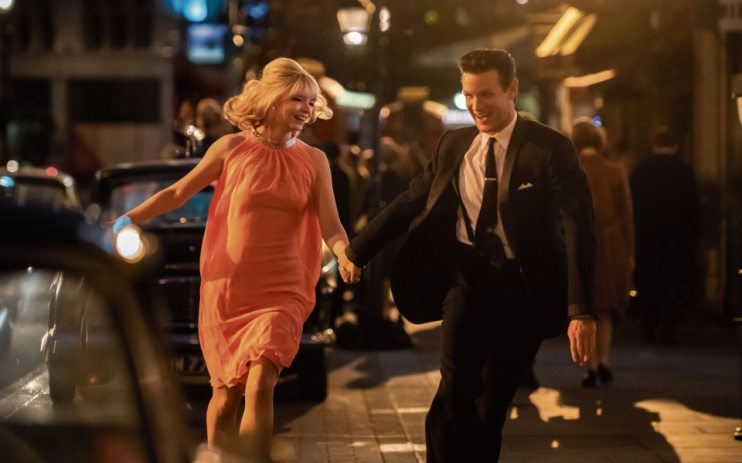Last Night in Soho review: A film of two halves

After a long wait, Edgar Wright returns with a time-hopping horror/thriller that has been ear-marked as a movie to look out for by his many loyal fans. The West Country filmmaker hasn’t disappointed in the last few years, getting over his split from Marvel by making a car chase classic in Baby Driver, and telling us how much he really loves the band Sparks in his recent music documentary.
His new work is set in the present day, but with an eye on the past. Cornwall youngster Eloise (Thomasin McKenzie) is a would-be fashion designer who loves the music and look of the 1960s, and has regular visions of her late mother. She is overjoyed when she is accepted to a prestigious fashion school in London, but the impersonal hustle of city life begins to take its toll. Leaving her student halls for a room in a nearby bedsit, during the night Eloise begins to find herself in the body of Sandy (Anya Taylor-Joy), a budding singer in 60s Soho who falls for a charming manager (Matt Smith). Initially enjoying this psychic link, a mystery surrounding Sandy’s fate begins to trouble Eloise, leading to the past and present bleeding into one.
Londoners may find this film a more intriguing experience than many, given the number of legitimate locations on show. In particular, The Toucan Bar just off Soho Square features heavily, while the winding streets of London’s arty district will drum up memories for many who found the city equally as entrancing. There may be the odd giggle at the thought of a cash-strapped student finding a Soho address at a moment’s notice, but that’s movie economics for you.
The film exists in two timelines, with the past being far more enjoyable. It’s easy to feel the same thrill as Eloise as the camera guides the viewer onto the main floor of the Café De Paris, or any number of chic retro bars. The music, the smoke-filled atmosphere, and even the spookier elements of the 60s sequences are put together with a lot of grace. As things begin to fall apart for Sandy, the script flirts with a dark reality of life for women in a city like London. It’s more overt for Sandy, but as one overly familiar cab driver shows early on, it’s just as much of a concern in Eloise’s time. It’s a fascinating comment that doesn’t play out as fully as it should.
This is partly because most of the film is spent in the present, which is nowhere near as interesting. Whereas Sandy is in a world of danger and romance, Eloise is hampered by undercooked characters. She ducks the bitchy jibes of Jocasta (Synnove Karlsen), a standard Mean Girl with nothing to do other than give the hero a hard time. Michael Ajao is perfectly fine as John, the incredibly understanding classmate in love with Eloise, but the script reveals little about him other than a running gag about being “all the way” from South London.
On the plus side, the dual leads sparkle in their respective roles. Taylor-Joy continues her streak of strong performances as the steely but ultimately vulnerable chanteuse, who falls for a pretty face and pays dearly for it. Conversely, McKenzie draws a lot of empathy, even when the plot loses its way and goes to some peculiar places. Not so much a Scream Queen, she embodies the innocence of that pre-University phase, where childhood hasn’t quite left as you step boldly into adulthood.
There’s a couple of Sixties legends in supporting roles – Terence Stamp is gritty and grand as a local drinker with a link to Sandy’s past, while Dame Diana Rigg is in her final role as Eloise’s landlady. Spoilers prevent me from revealing too much more, but it’s a performance worthy of an icon.
Last Night In Soho doesn’t quite deliver on its promise, as Wright wavers between old genre tropes and something more intricate. However, there are enough high points to make this trip to the Swinging Sixties worth taking.